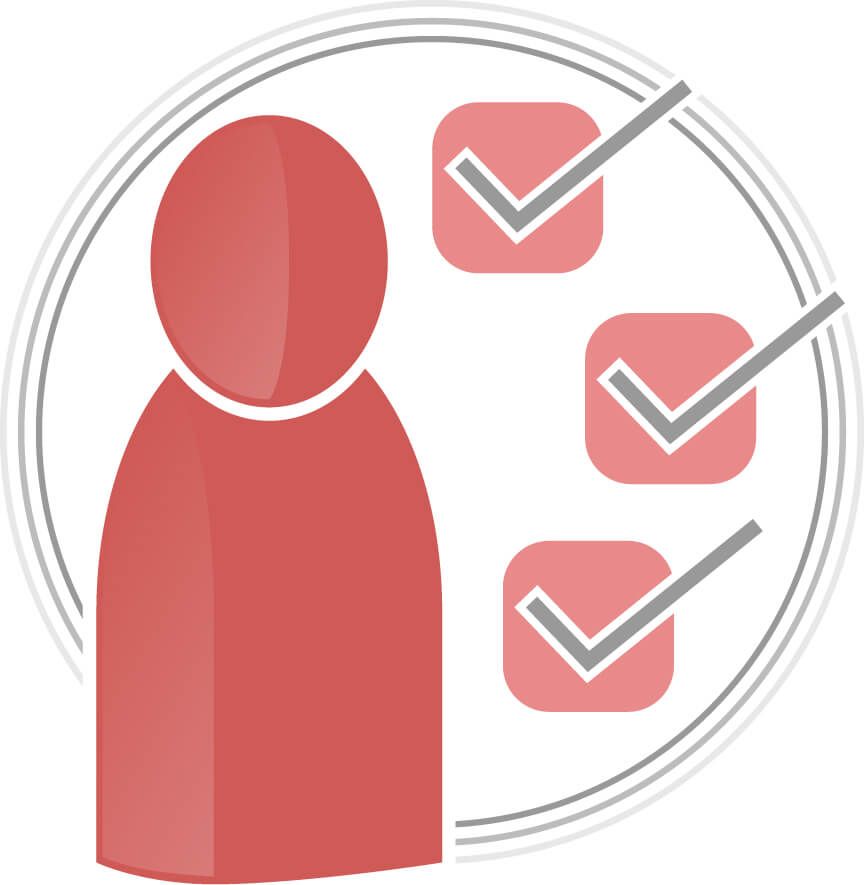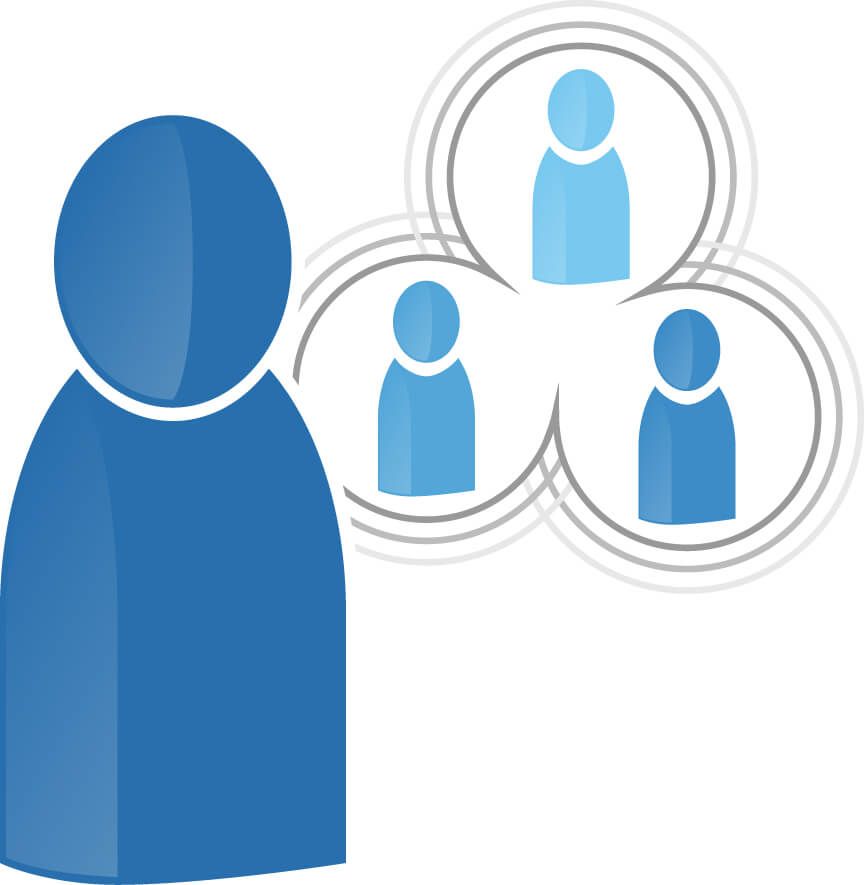What is Leadership Agility?
Leadership Is Not a Title
Leadership is an act of service to focus, align and shape a group of people for a meaningful purpose toward valuable outcomes.
Everyone can demonstrate leadership. While executive leaders are granted more authority to do so, leaders connected to the work have a more acute impact on those around them.
Agile leadership is an ongoing exploration in new thinking and practice to continually develop new habits. Agile leaders are more creative and collaborative, learning to adapt to the rapidly changing environments around them.
Effective leadership requires improving our adaptive thinking and behaviors, that is, developing agility as a competency.
Leadership Agility
The concept that leaders grow through multiple developmental stages to improve their effectiveness is what Bill Joiner and Stephen Josephs define as “leadership agility” in their book by the same name. This capacity for growth is critical and fundamental to our belief that leadership can be developed to improve effectiveness.
Leadership Agility identifies a series of five sequential levels of agility that are predictable, learnable, and align with stages of personal development: Expert, Achiever, Catalyst, Co-Creator, and Synergist. Our programs focus on the three primary levels that encompass over 95% of leaders in today’s workforce.
Leadership development requires more than skill acquisition. Leaders must combine real-time awareness with the openness and courage to situationally experiment on new approaches to everyday situations to develop new competencies. It not only depends on harnessing the leader’s strengths, but also in managing their emotional triggers and balancing dualities with no “right” answers (for instance, engage and empower, assert and accommodate, plan and act, etc.).
Leadership Agility Levels

Leaders don’t progress in steps. They instead develop enhanced layers of capacity. As leaders progress in their leadership agility development, they retain the skills and capacities that they developed at the earlier levels. There is a misconception that the initial leadership levels are not effective or somehow “bad,” but this is not correct. Each of the leadership levels can be effective in environments and roles that align with their skill sets and competencies.
Leadership agility levels do not follow organization charts. Promotions and new responsibilities do not equate to leadership development. In reality, promotional advances without increased awareness will increase the chasm between a leader’s competency and their role expectations, likely sparking more stress and downgrading behaviors.
About the Expert Leader
About the Achiever Leader
Learning to lead from an agile mindset requires a shift in both thinking and practice, focused on increasing awareness, adaptiveness, and effectiveness. As a leader develops agility, they increase their ability to become situationally aware and adapt in complex, quickly changing environments. More agile leaders are generally capable of seeing more options, engaging stakeholders more collaboratively, and making more informed decisions. This results in the ability to take more effective actions.
Leadership Agility Versus Leadership Service
Servant leadership is a well-known, effective, and often misunderstood and applied leadership framework. As defined by Robert Greenleaf, it focuses primarily on the growth and well-being of people and the communities to which they belong. It is inspiring to see the positive momentum of leaders and organizations respecting the human behind the employee. At Agile Leadership Journey, we support and align with this movement.
However, this is only one dimension of servant leadership: “My role as leader is to serve.” What is missing from most leaders applying this is the more subtle side: “My role as servant is to lead.” This means that leaders need vision, direction, focus, drive, and accountability. We see leadership as a balance.
Leadership agility is both. Leaders are active change agents with the vision, focus, and drive to shape cultures that enable more effective business outcomes. They are caretakers with empathy for customers and employees who are open to new ways of thinking, acting, and leading. Leadership agility means leaders who are more self-aware and actively balanced in real time when navigating the complex world of work.
Leadership Development
Awareness of a leader’s current leadership mindset and behaviors — and how they influence and impact others — is the first step towards becoming a more effective leader.
The Agile Leadership Journey™ leadership development program helps leaders identify and understand where they are and where they want to be. It makes it possible for them to chart a path to get there. These programs help heighten awareness, sharpen focus, improve connectedness, and increase influence as a leader. In short, we build better leaders.
Whether the leader or leadership team are first-line managers, executive leaders, or somewhere in between, our development programs provide inspiring and pragmatic techniques to increase leadership agility and improve performance toward organizational goals.








